With an improved understanding of transforms in Gladius and CubicVR.js, I turn my attention instead to light sources.
I have removed a revolving light source leaving only the one defined along with the camera:
space.add( new engine.simulation.Entity( "camera",
[
new engine.core.Transform( [0, 0, 0] ),
new cubicvr.Camera({
targeted: true
}),
new cubicvr.Light()
]
));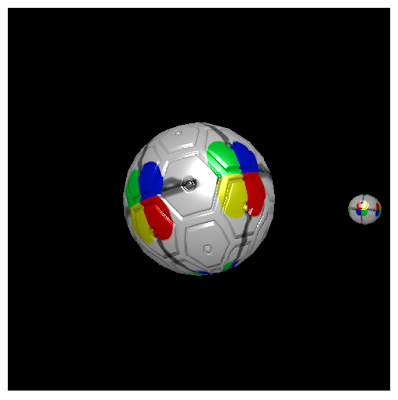
When I double the distance, the reflection off the surfaces is significantly dimmed:
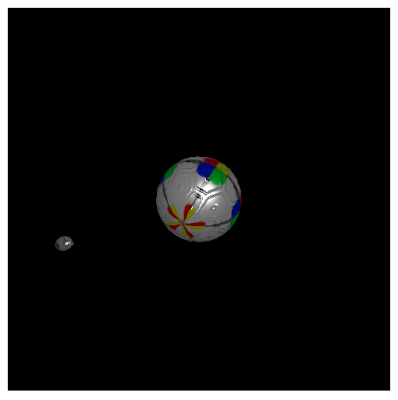
And when I move the objects 20 units away, the reflection from the light is very dim indeed:
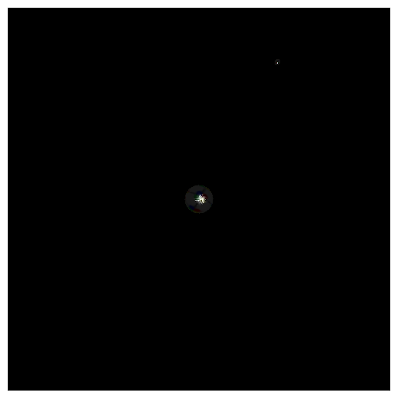
All of that is to be expected, of course. The further objects in the real world are from a light, the harder they are to be seen. But, I the light source is made brighter:
space.add( new engine.simulation.Entity( "camera",
[
new engine.core.Transform( [0, 1, -1] ),
new cubicvr.Camera({
targeted: true
}),
new cubicvr.Light({
direction: [1,1,-1],
type: "area",
distance: 20.0,
intensity: 200.0
})
]
));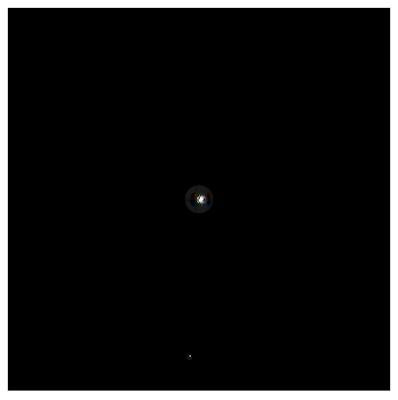
I am at a loss to explain this. Fiddling with any CubicVR Light and Camera seemingly has no effect. Perhaps this has something to do with being the first light / camera added?
To answer that, I can add another light. The trouble is, if I continue to add lights with the same constructor arguments as above, there is no change. So I borrow from the light definition in the original Gladius samples, which use a second class
LightDefinition: var lightDefinition = new cubicvr.LightDefinition({
intensity: 20,
distance: 20,
light_type: cubicvr.LightDefinition.LightTypes.POINT,
method: cubicvr.LightDefinition.LightingMethods.DYNAMIC
})
space.add( new engine.simulation.Entity( "camera",
[
new engine.core.Transform( [0, 0, 0] ),
new cubicvr.Camera({
targeted: true
}),
new cubicvr.Light( lightDefinition )
]
));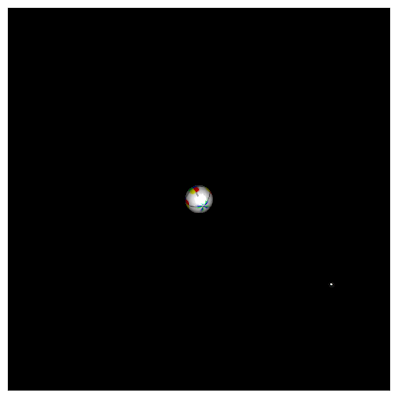
And, in fact, if I add that back to the original light:
var lightDefinition = new cubicvr.LightDefinition({
intensity: 20,
distance: 20,
light_type: cubicvr.LightDefinition.LightTypes.POINT,
method: cubicvr.LightDefinition.LightingMethods.DYNAMIC
})
space.add( new engine.simulation.Entity( "camera",
[
new engine.core.Transform( [0, 0, 0] ),
new cubicvr.Camera({
targeted: true
}),
new cubicvr.Light( lightDefinition )
]
));Light constructor: space.add( new engine.simulation.Entity( "camera",
[
new engine.core.Transform( [0, 0, 0] ),
new cubicvr.Camera({
targeted: true
}),
new cubicvr.Light({
intensity: 20,
distance: 20,
light_type: cubicvr.LightDefinition.LightTypes.POINT,
method: cubicvr.LightDefinition.LightingMethods.DYNAMIC
})
]
));LightDefinition class is pretty much a requirement.Day #422
No comments:
Post a Comment